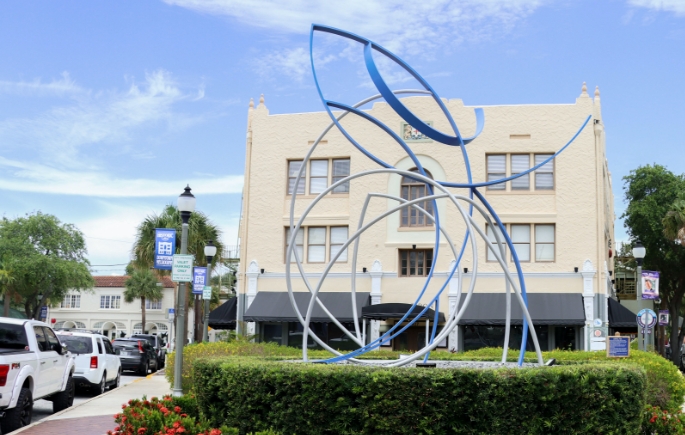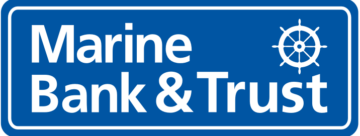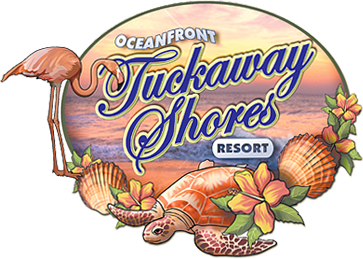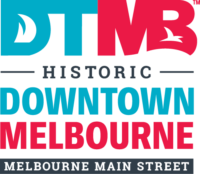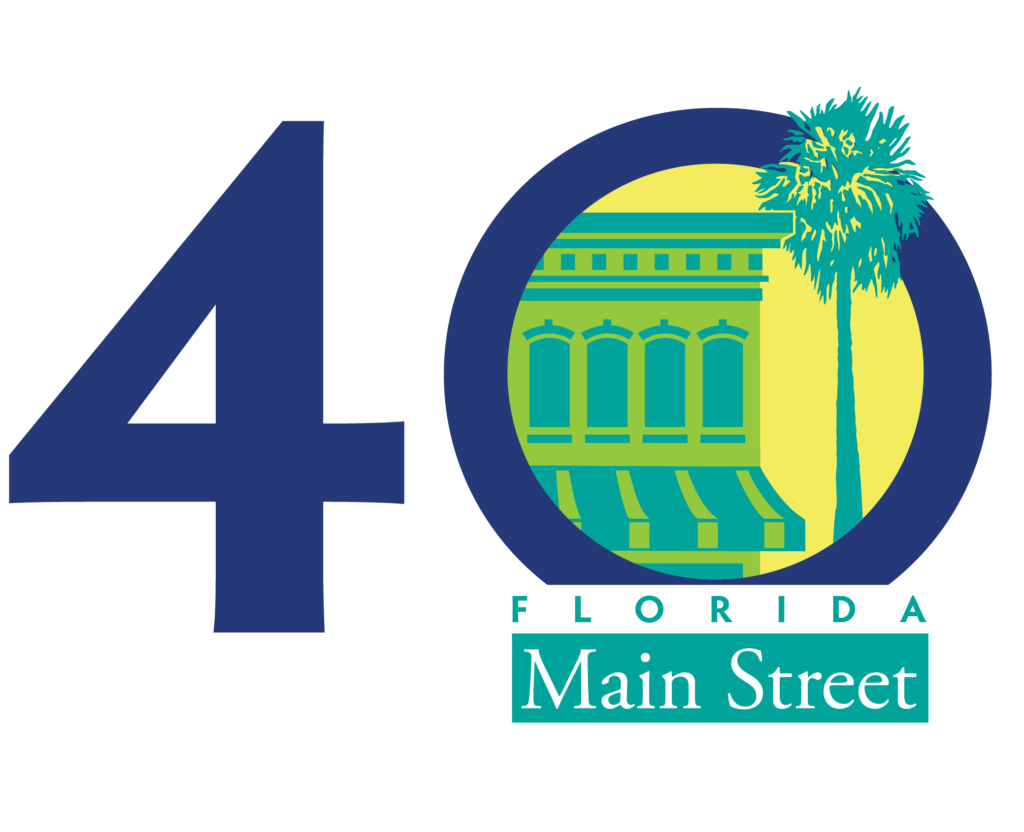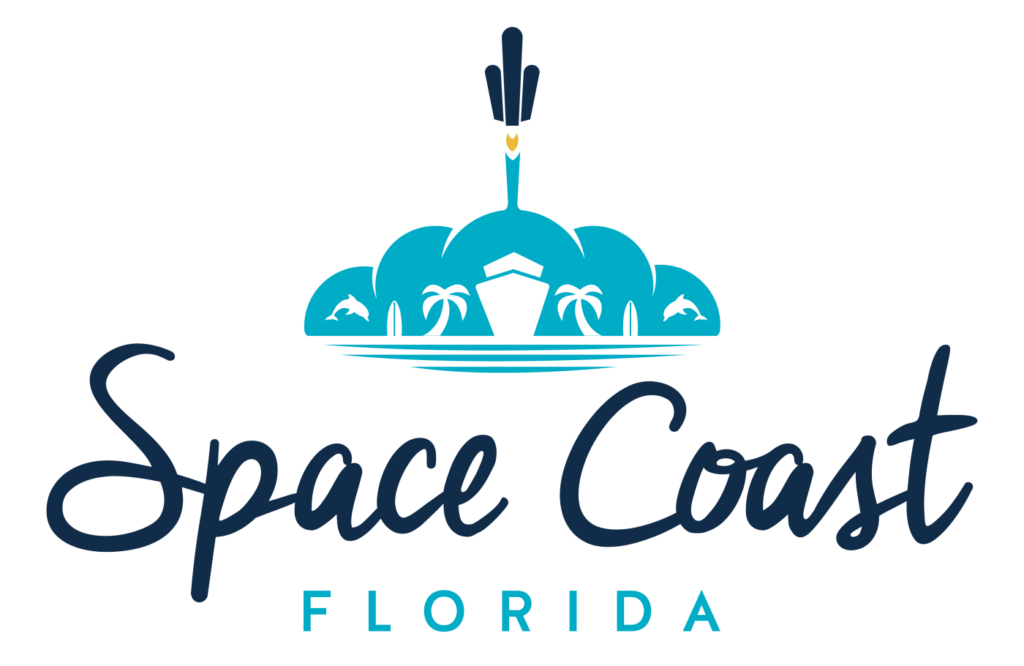HISTORY OF DOWNTOWN MELBOURNE
With Downtown Melbourne’s quiet yet vibrant charm, an abundance of waterfront resources and a natural harbor, it’s easy to imagine what attracted founders to the area more than 130 years ago. Today, with Melbourne Main Street’s leadership and vision, the footprint continues to flourish while the unique characteristics that set the district apart are preserved.
DOWNTOWN MELBOURNE’S HISTORY

Did you know that Melbourne, Florida, was named after Melbourne, Australia? Mrs. R. W. Goode, a local pioneer, suggested naming the first post office “Melbourne” eight years before the town’s establishment. The name was in honor of Cornthwaite John Hector, an Englishman who spent much of his life in Melbourne, Australia, before becoming the Melbourne area’s first postmaster and later opening a general store at Crane Creek.
Before that, in the late 1800s, residents conducted much of Melbourne’s commercial activity in wooden buildings clustered along Front Street. The area thrived primarily because of the railroad built in 1893, its advantageous location on the Indian River Lagoon, and the adjacent port in Crane Creek where farmers could transport produce to profitable markets economically.
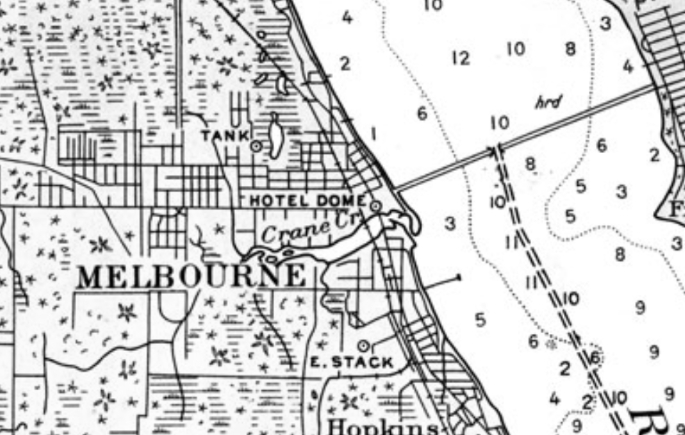
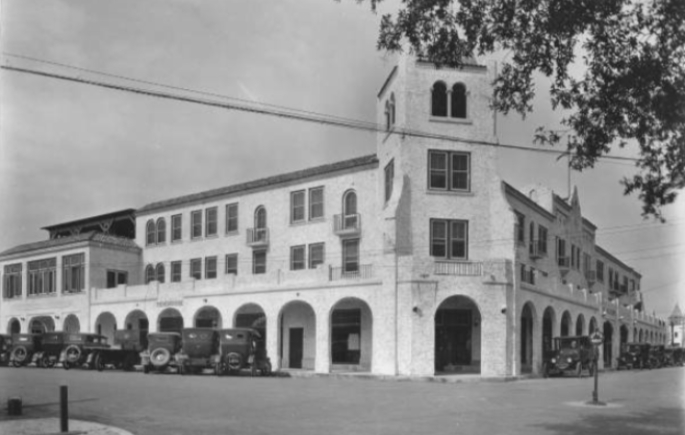
In 1919, a fire destroyed all of the commercial buildings along Front Street. Within a few years during the 1920s Land Boom, a new commercial district emerged on nearby New Haven Avenue, and the Ernest Kouwen-Hoven Causeway was built to connect Downtown Melbourne to the beachfront barrier island.
Today, Front Street and New Haven Avenue have been restored into multiple community parks, the Melbourne Harbor Marina, beautiful waterfront housing, and hundreds of community-enriching restaurants, shops, and businesses.
